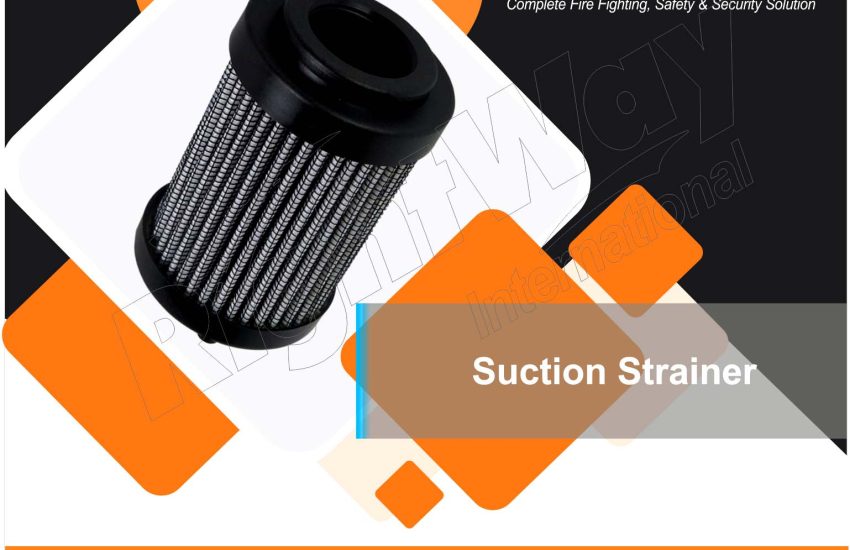Suction Strainer are critical devices used in various fluid systems to prevent debris and contaminants from entering pumps and other equipment. This article explores the function, features, benefits, and common applications of suction strainers.
What is a Suction Strainer?
A suction strainer is a type of filter installed at the inlet of a pump or pipeline to capture solid particles and debris from a liquid before it enters the system. By preventing contaminants from causing damage or reducing efficiency, suction strainers play a vital role in maintaining system performance and longevity.
Key Features
- Mesh Size: Suction strainers come with various mesh sizes, allowing users to select the appropriate level of filtration based on the application and fluid characteristics.
- Material Construction: Typically made from stainless steel, plastic, or bronze, suction strainers are designed to withstand the operating conditions of the system, including pressure and temperature.
- Design Variations: Available in various designs, such as basket strainers, Y-strainers, and cylindrical strainers, each type serves different installation needs and flow requirements.
- Ease of Maintenance: Many suction strainers are designed for easy cleaning or replacement, allowing for straightforward maintenance to ensure optimal performance.
- Connection Types: Suction strainers can be fitted with different connection types, including threaded, flanged, or welded, making them adaptable to various piping systems.
Benefits of Suction Strainers
- Protection of Equipment: By filtering out debris, suction strainers help protect pumps and other downstream equipment from wear and damage, reducing maintenance costs.
- Improved Efficiency: Clean fluids ensure that pumps operate efficiently, reducing energy consumption and extending the lifespan of equipment.
- Operational Reliability: Regular use of suction strainers minimizes the risk of blockages and system failures, enhancing overall reliability.
- Customizable Filtration: With various mesh sizes available, users can select the appropriate filtration level for specific applications and contaminants.
- Cost-Effectiveness: Investing in suction strainers can lead to long-term savings by preventing costly repairs and downtime associated with equipment failure.
Applications
- Water and Wastewater Treatment: Suction strainers are widely used in municipal water systems and wastewater treatment facilities to ensure clean water supply and protect treatment processes.
- Industrial Processes: In manufacturing, suction strainers protect pumps and equipment from debris in fluid systems, enhancing operational efficiency.
- HVAC Systems: These strainers help maintain the cleanliness of circulating fluids in heating and cooling systems, preventing damage to pumps and coils.
- Oil and Gas: Suction strainers are used in refineries and pipeline systems to filter out contaminants from crude oil and other fluids.
- Agriculture: In irrigation systems, suction strainers prevent debris from clogging pumps and nozzles, ensuring efficient water distribution.
Conclusion
Suction strainers are essential components in fluid systems, providing reliable filtration to protect equipment and maintain operational efficiency. Their various designs, durable construction, and ease of maintenance make them invaluable across numerous industries. By investing in quality suction strainers, businesses can enhance system performance, reduce downtime, and achieve long-term cost savings.


